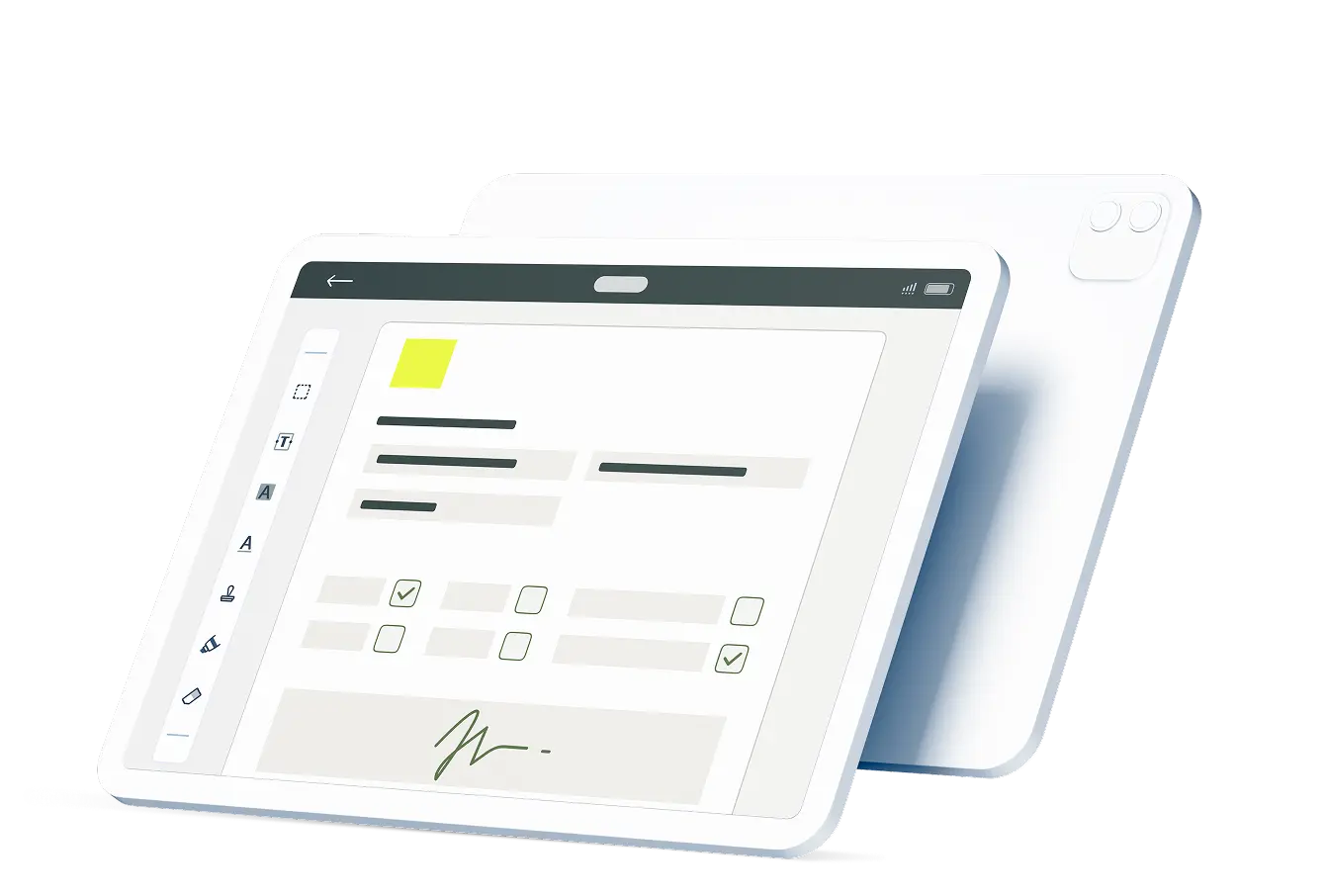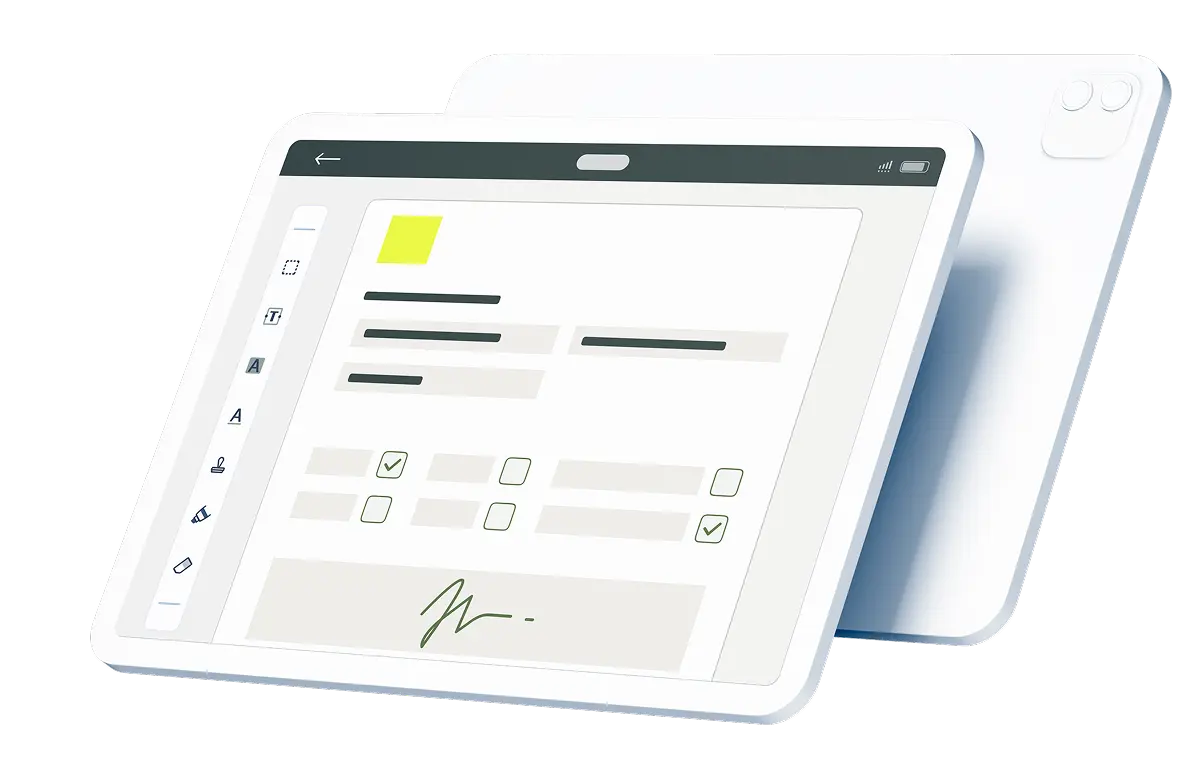Bridges are a significant part of the built environment, creating a safe way for motorists, bicyclists, pedestrians, and trains to cross over a feature, such as a body of water, a ditch, a road, a rail, or another natural or man-made feature. These structures are subject to wear and tear from typical use. Whether you’re dealing with a small pedestrian bridge at a park or a massive suspension bridge that spans a harbor, it’s important to monitor these structures for safety and performance.
Contents:
- What Is a Bridge Inspection Checklist?
- Why Are Bridge Inspections Necessary?
- Supervising Bridge Lifecycle Operations and Maintenance
- Identifying Deficiencies and Prioritizing Repairs
- Investigating New Approaches
- Formulating and Formalizing Best Practices
- What Are the Different Types of Bridge Inspections?
- What Are the Advantages of Using a Digital Bridge Inspection Checklist?
- How Can Fluix Make a Difference?
What Is a Bridge Inspection Checklist?
Often bridge owners are required to generate a bridge inspection report or some other formal record that documents the condition or quality of the various elements of the bridge. There are many components of a bridge, especially larger structures that support vehicles and trains. A checklist outlines several details, facts, tasks, or procedures that need to be completed for a workflow or process. It can be a simple list of things to do or a sequential order of information to gather for use. A bridge inspection checklist provides a plan for an engineer, construction manager, or inspector to check and record critical information about the condition of various components of a bridge.
Why Are Bridge Inspections Necessary?
There’s no way to know the status of something without measuring, managing, or monitoring it. Imagine driving a car that you never took for a vehicle inspection or a tune-up. Sooner or later, your vehicle is going to have major problems, including ones that make it inoperable or unsafe to drive. Bridge inspections are critical in the following areas.
Supervising Bridge Lifecycle Operations and Maintenance
If you’re responsible for owning or operating a bridge, you have an obligation to know and make sure that it’s working as intended. The only way to know this is by inspection. State departments of transportation, for example, usually own and operate bridges used for roads and freeways. These entities are often tasked with applying Federal Highway Administration regulations in transportation. A DOT may use an FHWA inspection form as a checklist for bridge inspections.
Identifying Deficiencies and Prioritizing Repairs
DOTs, toll authorities, cities, and municipalities usually own and operate several bridges in their systems. Bridges that are older or are subject to heavier and more frequent loading won’t have the same types of damages or deficiencies as newer structures or those that aren’t used regularly. The information stored in a bridge inspection report can help an owner prioritize repairs. Owners usually have limited budgets or have funds allocated for certain types of work. Inspections can point out which deficiencies are minor and only require light repairs. They also identify major problems that may require significant repair, if not reconstruction.
Investigating New Approaches
Bridges are often designed and built to have a useful life of 50 years. Within that time frame, advances in design and new knowledge of performance can make certain bridge designs obsolete. Regular bridge inspections can also reveal performance trends that lead engineers, architects, contractors, and owners to investigate new methods for bridge design and construction. For example, if regular inspections reveal that the concrete abutments for various bridges in a system are cracking a certain way, owners and their consultants may need to revisit bridge loading criteria, concrete reinforcing crack control, construction methods, or maintenance practices. There’s no way to know without inspection.
Formulating and Formalizing Best Practices
Bridge inspection programs help owners formulate and formalize best practices when it comes to planning, design, procurement, construction, and maintenance. For example, a toll authority may conclude from inspection data that bridge crack inspections need to be conducted on a more frequent basis to stay on top of repairs. That toll authority may decide that minor deficiencies should be handled under a single maintenance contract, but major deficiencies are addressed by separate reconstruction or rehabilitation contracts. Bridge inspections yield data that supports current methods or establishes a need for different approaches.
What Are the Different Types of Bridge Inspections?
Let’s consider a vehicle inspection. There’s a state inspection that looks for certain performance standards, often related to public safety and emissions. A local garage shop may have a multi-point inspection that they do related to a particular service. For example, an oil change may also come with an air filter check as well as other fluids, such as coolant, windshield cleaner, and transmission fluid. A body repair shop will likely do a different type of inspection before and after the work is complete. These are all different types of checks, and as such, they have different checklists. This is also true of bridge inspections.Some different types of bridge inspections include the following:
- New construction: During the construction of a new bridge, inspectors will check various elements as part of quality control and project delivery. Construction conditions, methods, and material quality may impact performance in the short or long term.
- Rehabilitation or reconstruction: Similar to new construction, a rehabbed or rebuilt bridge must be inspected for quality and performance, with special attention paid to components related to previous deficiencies.
- In-depth: An in-depth inspection may be called for if unexpected performance issues arise. An example might be a suspension bridge with larger vibrational oscillations than expected. These could be signs of an impending problem or catastrophe.
- Damage: Imagine a truck crashing into the beams of a bridge with insufficient clearance. You would want a bridge inspection checklist that covers issues related to the affected girders and bridge rail.
- Special: Consider a scenario where a steel girder supplier learns of an error or omission in their manufacturing process. This should spur inspections of any bridge that used girders from the process. The girders may still perform as intended, but it’s impossible to know without a special inspection.
What Are the Advantages of Using a Digital Bridge Inspection Checklist?
According to the American Society of Civil Engineers’ 2021 Report Card for America’s Infrastructure, there are approximately 617,000 bridges in the U.S. Almost half of these bridges are over 50 years old and over 46,000 are considered to be in poor condition. Imagine trying to generate and maintain a paper bridge inspection report for 1% of these bridges. That’s over 6,000 bridges and at least 6,000 documents to maintain. Now imagine doing an annual inspection for each of those bridges over a 25- to 50-year period! That’s a lot of paper to keep track of. Where do you keep all those reports? More importantly, how can you access the data provided in each inspection?
Consider these advantages of a digital bridge inspection checklist:
- Data Management: In order to get the information from your bridge inspection report into a database or record-keeping system, someone has to enter that information by hand, increasing the risk of transcription errors. A digital system automatically collects and stores information in a database for analysis and generating reports.
- File Security: Paper records can be lost, stolen, or destroyed. Digital files can be stored (and backed up) on a server, a single computer, or even in the cloud. Which would you prefer, hauling boxes of paper records around or accessing reports remotely and securely?
- Forms Creation and Customization: If an organization decides to come up with a new inspection form or adapt an existing FHWA inspection form, digital versions can be generated, customized, and rolled out quickly. Paper forms cannot be updated quickly, and you have the added difficulty of making sure that everyone is using the latest versions of the checklist.
How Can Fluix Make a Difference?
Fluix is a powerful, flexible, and scalable platform that can help you improve inspection record-keeping. This lightweight platform is cloud-based and works with mobile devices such as tablets and smartphones, making it conducive to bridge inspections and other field operations. You can create a bridge inspection checklist system quickly and roll it out to teams for efficient, consistent, and reliable information gathering. Features such as automation, form building, form filling, electronic signing, and data reporting boost your inspection efforts.

